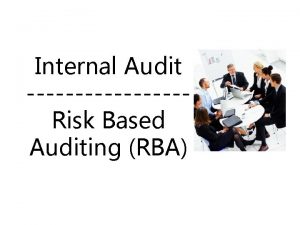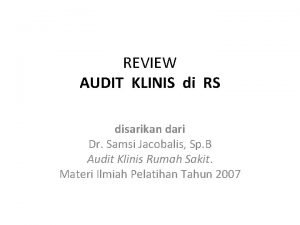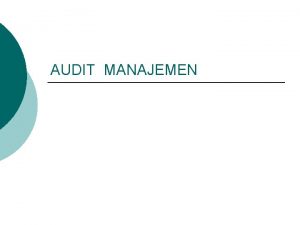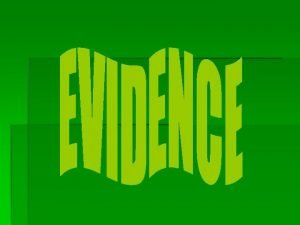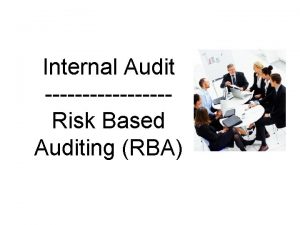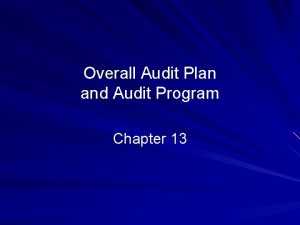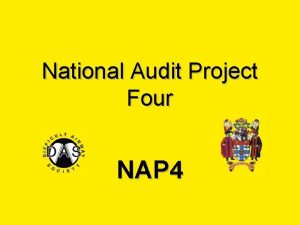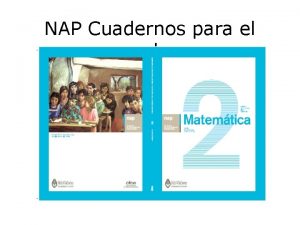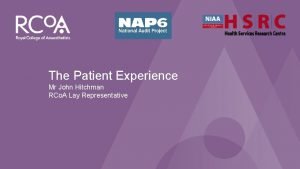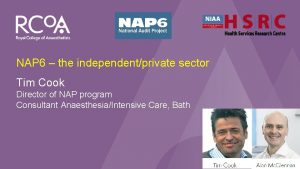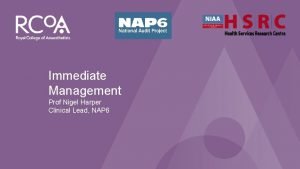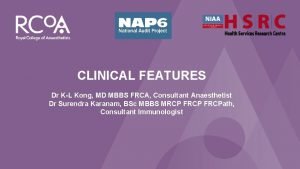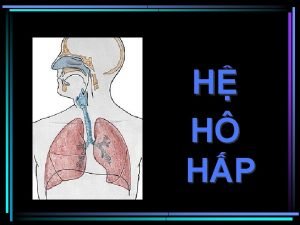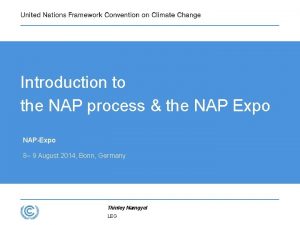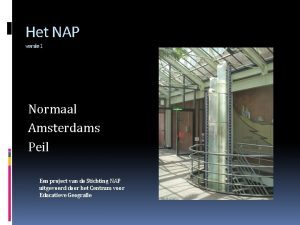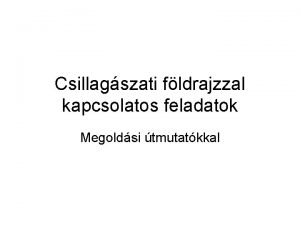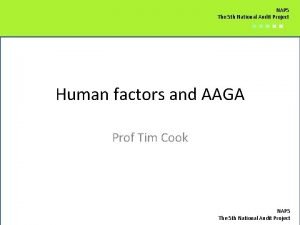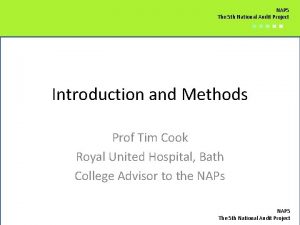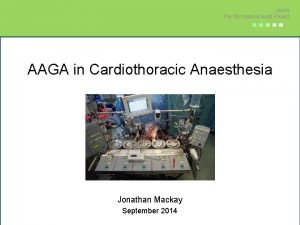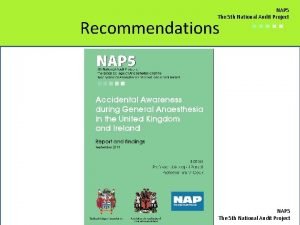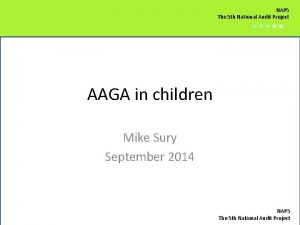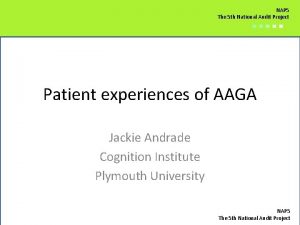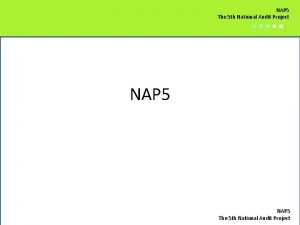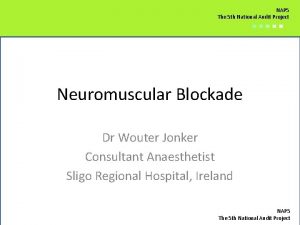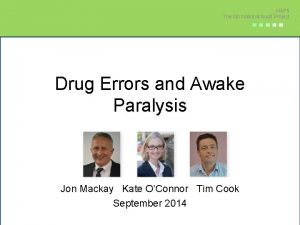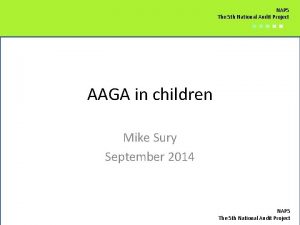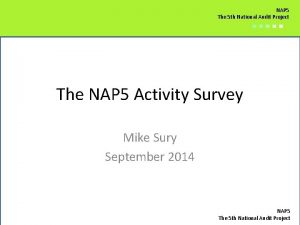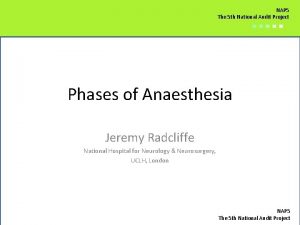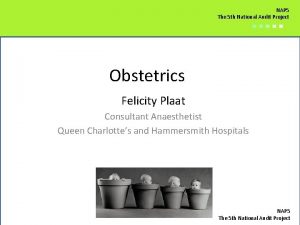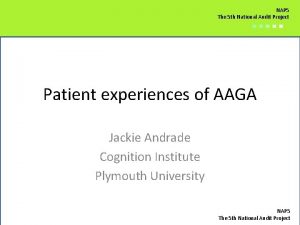NAP 5 The 5 th National Audit Project





















- Slides: 21

NAP 5 The 5 th National Audit Project ■■■■■ Drug Errors and Awake Paralysis Jon Mackay Kate O’Connor Tim Cook September 2014

Learning Objectives • • • Incidence and causes of drug errors Errors leading to awake paralysis Psychological sequelae for patient Optimum management Preventative strategies NAP 5 The 5 th National Audit Project

Background • Recent incident reporting studies suggest a rate of drug errors of one in every 140 anaesthetics – (Webster et al 2001; Zhang et al 2013). • Drug errors leading to awake paralysis are much rarer • Many errors are due to slips or lapses • Reason’s classic ‘Swiss cheese model’ of human error in medical care NAP 5 The 5 th National Audit Project

Drug Error Definitions Types of error causing awake paralysis in NAP 5 1. A syringe swap occurs when a drug from the wrong syringe is administered 2. A drug labelling error occurs when the contents of the syringe are different to that indicated on the label 3. A drug omission occurs when the intended drug is omitted due to failure to draw up a drug in a dilutant NAP 5 The 5 th National Audit Project

Results There were 17 cases consisting of Ten syringe swaps Six drug labelling errors One omission error Events typically • occurred during daytime hours at induction • were reported immediately. • resulted in very short perceived durations of paralysis NAP 5 The 5 th National Audit Project

Michigan Awareness Classification

Drugs involved and psychological impact of ten syringe swaps NAP 5 The 5 th National Audit Project

Syringe swap I suxamethonium versus ondansetron NAP 5 The 5 th National Audit Project

Syringe swap II cefuroxime versus thiopentone NAP 5 The 5 th National Audit Project

Ampoule labelling and drug omission errors NAP 5 The 5 th National Audit Project

Drug labelling error I suxamethonium versus fentanyl NAP 5 The 5 th National Audit Project

Drug labelling error II atracurium versus midazolam NAP 5 The 5 th National Audit Project

Immediate Impact: Class A & B vs Class G NAP 5 The 5 th National Audit Project

Panel judgements on quality of care Class A & B vs Class G NAP 5 The 5 th National Audit Project

Incidence • Very low reported incidence of unintended awake paralysis • Activity Survey indicates that approximately 1. 25 million cases involving neuromuscular blockade are undertaken per annum • The 17 reported cases of accidental paralysis represent an overall incidence of one in every 70, 000 general anaesthetics involving neuromuscular blockade. NAP 5 The 5 th National Audit Project

Discussion • Majority of drug errors causing awareness due to simple syringe swaps of similar sized or similar coloured fluids • Recurring themes were staff shortages, ‘busy lists’ and distraction at critical moments • Lack of vigilance and having several similar sized syringes on the same drug tray may also have been contributory. NAP 5 The 5 th National Audit Project

Strategies to reduce drug error Anaesthetists need to accept that we 1. are all prone to making errors 2. need to develop robust individual mechanisms to protect ourselves and our patients NAP 5 The 5 th National Audit Project

Strategies to reduce drug error • Double checking of ampoules and labels with a second person? • Pre-prepared drug syringes and scanning technology to ‘check’ drugs before administration? NAP 5 The 5 th National Audit Project

Strategies to reduce drug error • Ampoule appearance should be taken into consideration when choosing suppliers – frequent changes of drug suppliers should be avoided. • Greater attention to organisation of the anaesthetic workspace – possible separation of neuromuscular blocking drugs and other anaesthetic drugs. • Avoid overcomplicated anaesthetic techniques – and unnecessary administration of drugs not directly involved in induction of anaesthesia NAP 5 The 5 th National Audit Project

Management of drug error • Patient experience is greatly influenced by anaesthetic conduct after drug error • Avoid hurried efforts to reverse paralysis without attending to the patient’s level of consciousness NAP 5 The 5 th National Audit Project

Management of drug error • When a drug error occurs it is important to recognise the potential for awareness early on • The first priority is to induce unconsciousness as promptly as possible – difficult to imagine a scenario where continued paralysis of a conscious patient is justified. – then, identify and reverse the neuromuscular blockade in a timely manner is necessary. – during this time, verbal reassurance should be provided to the patient emphasising that • the team knows what has happened, • breathing is difficult due to the effects of the drug • and that the patient is not in danger. NAP 5 The 5 th National Audit Project
 Perpetual project closure
Perpetual project closure Perbedaan audit konvensional dengan audit berbasis risiko
Perbedaan audit konvensional dengan audit berbasis risiko Audit informasi klinis adalah
Audit informasi klinis adalah Beda audit medis dan audit klinis
Beda audit medis dan audit klinis Penyelesaian audit dan tanggung jawab pasca audit
Penyelesaian audit dan tanggung jawab pasca audit Perbedaan audit manajemen dan audit keuangan
Perbedaan audit manajemen dan audit keuangan Prosedur audit bottom-up dan audit top-down!
Prosedur audit bottom-up dan audit top-down! Vouching audit
Vouching audit Perbedaan audit konvensional dengan audit berbasis risiko
Perbedaan audit konvensional dengan audit berbasis risiko Audit word derived from
Audit word derived from Audit universe adalah
Audit universe adalah Overall audit plan and audit program
Overall audit plan and audit program Nap 4
Nap 4 Nap de matematica
Nap de matematica Nap 6 recommendations
Nap 6 recommendations Nap 6 recommendations
Nap 6 recommendations Nap 6 recommendations
Nap 6 recommendations Unrecordably
Unrecordably Các sụn thanh quản
Các sụn thanh quản Introduction to nap
Introduction to nap Wat is de nap
Wat is de nap Hol delel a nap 90 fokos szögben
Hol delel a nap 90 fokos szögben

